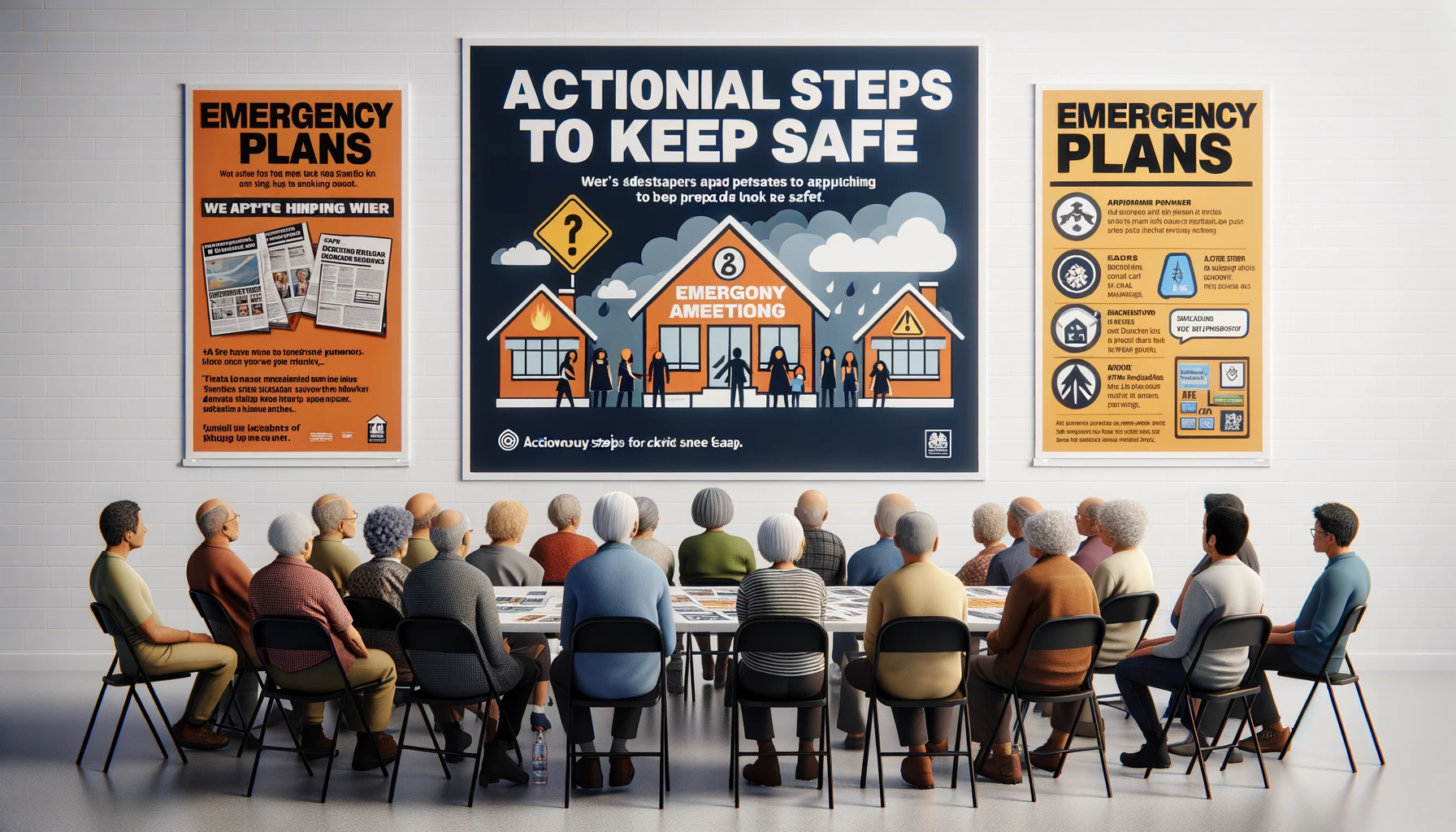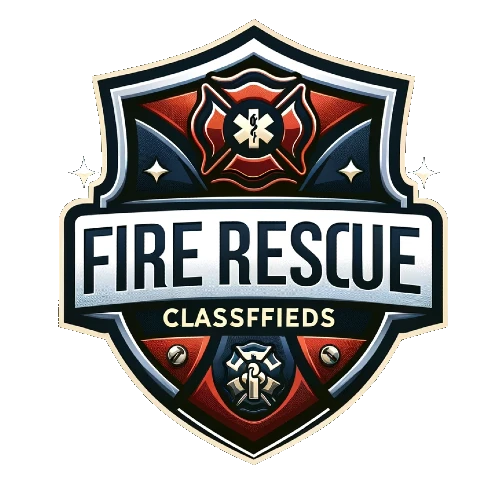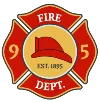Now Reading: Review: The Importance of “Emergency Preparedness” in Australia
- 01
Review: The Importance of “Emergency Preparedness” in Australia
Review: The Importance of “Emergency Preparedness” in Australia

In the land down under, the unpredictable can often strike when least expected. From bushfires to cyclones, workplace accidents to unexpected health crises, Australians are no strangers to emergencies. But just how equipped are we to handle these challenging situations? In this review, we dive deep into the actionable steps one should take during an emergency, ensuring not just personal safety but the well-being of those around us. Armed with the knowledge of emergency preparedness, let’s embark on a journey of empowerment, confidence, and community care.
Actionable Steps to Keep Safe
In the vast expanse of Australia, emergency preparedness is the linchpin that holds our safety network together. It’s more than just a protocol; it’s a way of life. By actionable steps into our daily routines and decision-making processes, we can ensure that we remain steadfast in the face of danger, both for ourselves and for the community at large.Stay Calm and Composed
Remaining calm in the face of adversity is the first and most crucial step. By keeping a clear head, we’re better equipped to assess situations, make rational decisions, and follow through with action. Panicking can blur our judgment, making it difficult to respond effectively. Encouraging a culture of preparedness, both in homes and workplaces, can significantly reduce panic when emergencies strike.
Know Your Exits and Safe Spots
Familiarising oneself with the surroundings can be the difference between safety and harm. Whether it’s a bushfire or a workplace emergency, knowing your exit routes and safe spots becomes essential. It’s not just about finding the quickest way out but understanding the safest path, factoring in potential hazards.
- Mark exits clearly in both homes and offices.
- Ensure pathways to these exits remain unobstructed at all times.
- Identify and promote safe zones, especially in areas prone to specific emergencies, such as floods or fires.
Effective Communication is Key
In an emergency, time is of the essence. Promptly alerting everyone around you, be it in a household setting or a workplace, can prevent further harm. By establishing an effective line of communication, you ensure that everyone remains in the loop. Whether it’s through alarms, announcements, or other means, clear and immediate communication is vital.
- Set up alert systems in places of residence and work.
- Ensure these systems are tested regularly for functionality.
- Designate individuals responsible for sounding alarms or making announcements during emergencies.
Continuous Review and Practice
Emergency preparedness is an ever-evolving process. What worked yesterday may not be effective today. Hence, regular reviews of emergency plans and protocols are essential. This not only ensures that the strategies in place are current but also offers an opportunity to instil these practices in new members of a household or a workplace.
- Conduct periodic reviews of emergency plans with the input of all stakeholders.
- Organise drills and simulations to test and refine these plans.
- Involve emergency services and emergency response teams in these reviews for expert advice.
Cooperating with Emergency Services
Emergencies, by nature, are unpredictable and challenging to navigate. Yet, one thing remains consistent: the pivotal role played by emergency services. These professionals dedicate their lives to keeping communities safe and are an invaluable resource during trying times.
The Expertise of Emergency Services
When calamity strikes, emergency services are often the first on the scene, demonstrating unparalleled expertise and professionalism. These brave individuals undergo rigorous training, ensuring they’re adept at handling various emergency situations, from natural disasters to medical crises. Tapping into this wealth of knowledge can mean the difference between exacerbating a situation and resolving it effectively.
- Engage in community sessions led by these professionals to understand how to react in emergencies.
- Regularly review advice and guidelines put forth by emergency services to stay updated on best practices.
Working Hand-in-Hand with Response Teams
Emergency response teams operate with a singular goal in mind: the safety and well-being of the community. Their directives and advice are based on extensive experience and intricate knowledge of emergency dynamics. Recognising the importance of their guidance and ensuring cooperation can substantially enhance community safety during crises.
- Act promptly on the directives of the emergency response team during evacuation or containment situations.
- Stay connected with local response teams, ensuring seamless communication during emergencies.
Delving Deeper into Workplace Emergency Protocols
Workplaces, with their intricate dynamics and diverse settings, present unique challenges when it comes to emergency preparedness. Given the myriad of possible scenarios – from fires to medical emergencies, power outages to natural disasters – it’s imperative that organisations have robust procedures in place. An optimally prepared workplace not only ensures the safety of its personnel but also minimises potential damages to assets and operations.
Formulating a Comprehensive Plan
Every workplace must have a comprehensive emergency preparedness plan that caters to its specific needs and nuances. This plan should be accessible, easy to understand, and regularly updated. It’s not enough to merely draft this document; active efforts should be made to ensure that every employee is familiar with it.
- The plan should outline clear evacuation procedures, specifying routes and assembly points.
- Details about emergency contacts, including the emergency response team and emergency services, should be readily available.
- Special considerations for differently-abled employees and those with specific needs should be incorporated.
Regular Drills and Training Sessions
Workplace emergencies demand swift and precise actions, and practice is the key to achieving this efficiency. By conducting regular drills, employees become familiar with the steps they need to take, reducing panic and confusion when faced with an actual emergency.
- Drills should cover a variety of scenarios to ensure preparedness for different emergencies.
- Feedback sessions post-drills can provide insights into areas of improvement.
- Training sessions should also educate employees about first aid, using fire extinguishers, and other essential skills.
Protocol for Dealing with an Emergency (Guide Only)
Protocol | Actions |
Assessment | 1. Quickly assess the nature and scale of the emergency. |
2. Identify immediate threats to life or property. | |
3. Prioritize tasks based on urgency. | |
Alert & Communication | 1. Alert everyone in the vicinity about the emergency. |
2. Use appropriate means of communication (alarms, loudspeakers, etc.) | |
3. Establish a line of communication with emergency services. | |
Evacuation (if necessary) | 1. Direct individuals to the nearest safe exit route. |
2. Use floor plans or evacuation maps if available. | |
3. Assign designated personnel to assist those who need help. | |
Seek Shelter (if applicable) | 1. If safer to stay indoors, guide everyone to safe zones (away from windows, etc.) |
2. Ensure everyone is accounted for. | |
First Aid | 1. Administer first aid to injured individuals. |
2. Use emergency medical kits if available. | |
3. Prioritize based on severity of injuries. | |
Liaise with Emergency Services | 1. Provide necessary information about the situation. |
2. Follow their directives closely. | |
Documentation | 1. Record details of the emergency (time, nature, actions taken). |
2. Document any damages or injuries. | |
Post-Emergency Review | 1. Analyze what went well and what needs improvement. |
2. Adjust emergency protocols based on feedback. | |
3. Hold debriefing sessions with involved personnel. |
This table provides a general overview and the specific protocols may vary based on the nature of the emergency and the location. Always refer to local guidelines and expert recommendations when creating an emergency plan.
Final Words on Preparedness
The Impact of Knowledge and Training
Emergency preparedness, beyond the immediate response, is an ongoing journey of acquiring knowledge and refining our skills. When one immerses oneself in understanding the nuances of different crises, it’s easier to navigate them with confidence. Regular training sessions, workshops, and drills, especially in workplace settings, not only elevate individual understanding but also foster a sense of collective responsibility. Moreover, emergency services are consistently updating their methodologies, and staying informed about these changes is paramount for optimum readiness.
Community Collaboration: The Unsung Hero
In the realm of emergency preparedness, the role of community collaboration often goes unnoticed. Yet, it’s the synergy of a united community that can make the difference during trying times. When neighbours, colleagues, and even strangers come together with a shared goal of safety, the chances of effective crisis management increase exponentially.
- Establishing community-watch groups ensures that everyone keeps an eye out for potential threats.
- Creating shared repositories of resources, be it contact information of emergency response teams or lists of safe spots, can be life-saving during a crisis.
- Organising community-wide drills, simulating different emergencies, guarantees a coordinated and swift response.
To reiterate, our commitment to emergency preparedness should be unwavering. It’s a blend of individual readiness, workplace protocols, and a community-centric approach. And with the constant support of emergency services and emergency response teams, we can confidently say that we are prepared to face any challenge that comes our way.






























